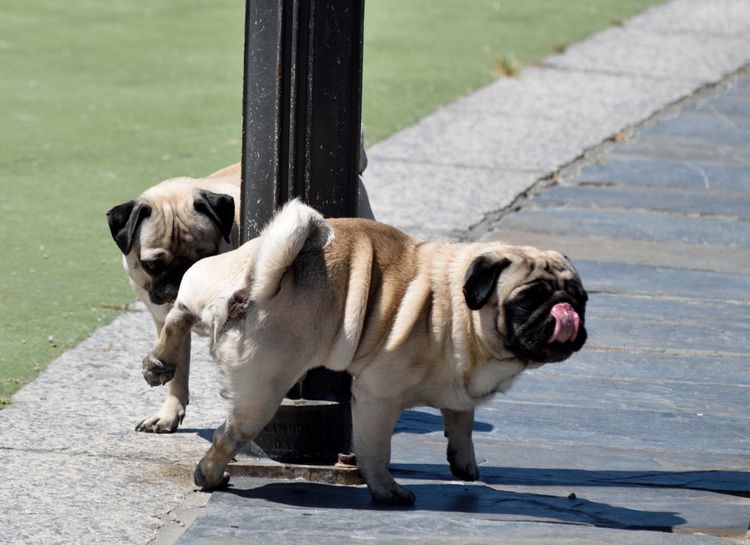
Have you ever noticed your dog licking another dog's pee? Dogs are known to display plenty of odd behaviors and weird habits, like sniffing each other's rears or suddenly getting the zoomies. When dogs sniff the urine of other dogs, they get a world of stimulating information.
Despite how off-putting we humans see it, dogs seem to enjoy it. Fortunately, this behavior is generally harmless—unless the other dog is sick.
Dogs use their noses to explore the world around them. An advanced olfactory system allows dogs to smell much better than humans. They actually have a structure in their nasal passages called the vomeronasal organ or Jacobson's organ that enables them to smell pheromones. They can take in complex layers of scents and will sometimes lick objects, surfaces, and even other dogs in order to get a better whiff.
Urine contains chemicals and pheromones that are unique to each dog. It tells a story about the dog and can provide clues about the dog's sex, reproductive status, health, and diet. This explains the reason for urine marking: Dogs urinate on objects to mark their territories and communicate with other dogs. Of course, this is why your dog is drawn to the pee of other dogs.
You may see your dog licking in addition to smelling the urine so he can fully take in all of the "aromas" from the other dog. Some dogs will rub their faces and bodies on desirable scents, and this may include the urine of another dog.
You may find it unsettling to see your dog licking another dog's urine. Relax, there is nothing wrong with your dog. This instinctive behavior is normal and usually harmless. However, a dog can contract an infectious disease from licking the urine of animals.
Leptospirosis is a bacterial disease that is contagious to both humans and dogs. It is often transmitted through the urine of wildlife like rodents. Dogs with leptospirosis can spread this disease through their urine as well, infecting humans, dogs, or other animals. Leptospirosis causes flu-like symptoms and can lead to liver failure or kidney failure in dogs and people. Dogs are more likely to contract leptospirosis from contaminated water, but it is technically possible to get the disease directly from another dog. Therefore, it can be a concern if your dog is licking the urine of unknown dogs. Contact your veterinarian if you suspect your dog has been exposed to leptospirosis or is showing signs of illness.
Intestinal parasites and gastrointestinal viruses like parvo are not passed via urine. However, a dog could contract a disease after licking the genital area of an infected dog if the dog is shedding the parasite or virus from the anus.
A rare bladder parasite called Capillaria plica can affect dogs, but not directly from another dog's urine. Instead, the infected dog urinates the parasite's eggs, which then develop into larvae and enter earthworms. A dog must eat the infected earthworm to contract the parasite.
There may be times when you want to stop your dog from licking other dogs' urine. Many owners are disgusted by the sight of it even though it's normal behavior. More likely, you are concerned that your dog may contract an infectious disease.
Training can help you prevent your dog from licking other dogs' pee. Practice cues like drop it and leave it so you can interrupt your dog the moment you catch him trying to eat something bad. If your dog fails to obey, use positive reinforcement rather than punishment. Redirect your dog to a toy or game. Reward him for diverting his attention from the undesired item.
Your dog is most likely to lick another dog's pee during a walk or while playing in a dog park. Watch your dog closely at these times. If your dog is on a leash, simply lead him away from other dogs that are peeing. You will need to watch your dog closely at the dog park or while playing outdoors with other dogs. Only allow your dog to play with healthy dogs.
You may need to take a break from the dog park if you cannot stop your dog from licking other dog's pee. Work on training in a controlled environment, like your yard. Invite familiar, healthy dogs over from doggie "playdates" so you can supervise and work on the "leave it" cue.

Cute Pictures & Facts About Calico Cats & Kittens
Learn fascinating facts about calico cats, including photos, the genetics behind this color combination, and common folklore and traditions.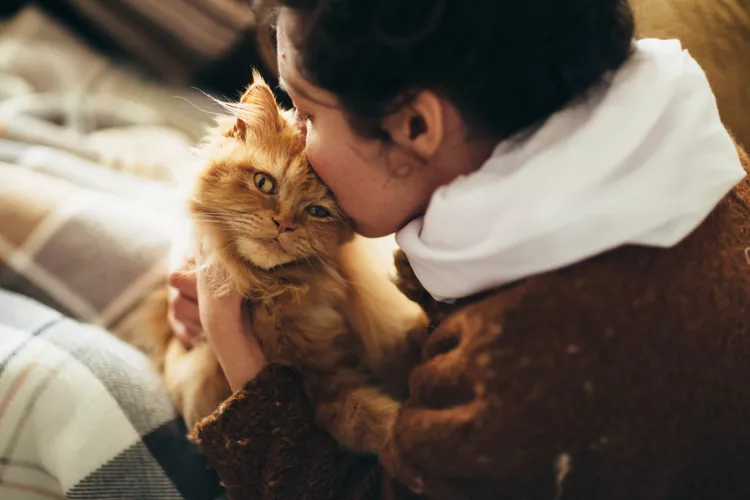
How to Prevent Cat Separation Anxiety During Vacations
Discover why cats develop litter box problems and cat behavior problems when you go on vacation and what you can do about it to help them.
Cat Behavior Changes That Might Mean Something's Wrong
Cats' behavioral changes may indicate problems—or they may mean nothing at all. Explore causes of odd behavior and what to do about them.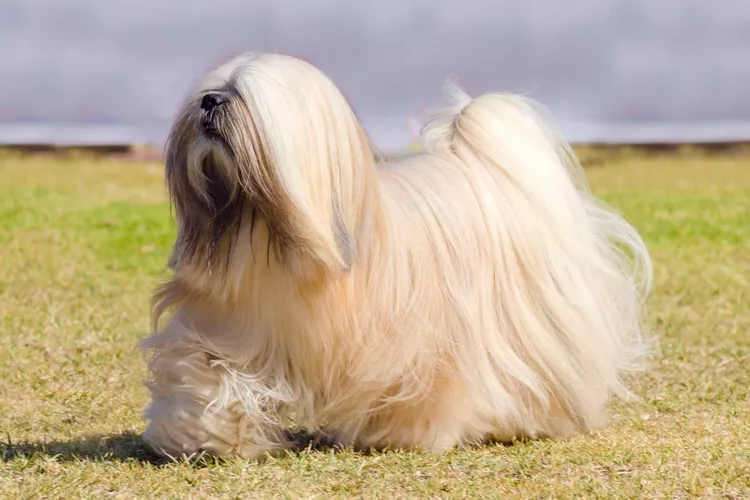
Lhasa Apso: Dog Breed Characteristics & Care
The Lhasa apso is an ancient breed from Tibet that was bred to be a watchdog. Learn about its history, health, exercise needs, and more.
Reasons Why Dogs Run Away and How to Stop It
Dogs can escape, especially if they’re bored and not properly contained. Here are some techniques for stopping your dog from running away.
Can Dogs Get Depression? How to Help Your Sad Dog
Can dogs get depression? Learn about the signs of depression in dogs and find out how to help your sad dog.
How to Stop Aggression in Dogs
Dog aggression can be a serious behavior issue for pet owners. Learn how to stop aggression in dogs before someone gets hurt.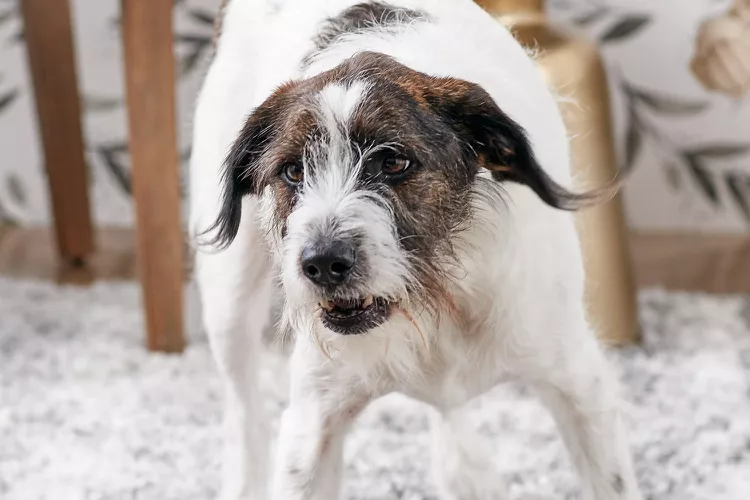
How to Stop Your Dog From Growling
A growling dog can soon become even more aggressive. Reduce the noise and potential for a dangerous situation with some of these techniques.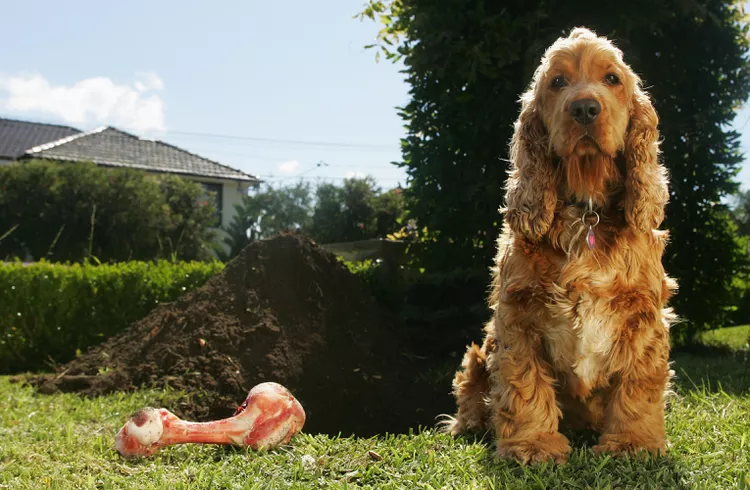
Why Do Dogs Dig Holes? How to Stop Your Dog from Relandscaping Your Yard
Dogs have been digging holes for centuries and for many reasons. Whether they’re bored or want to cool off in the dirt, here are the top reasons why dogs dig holes.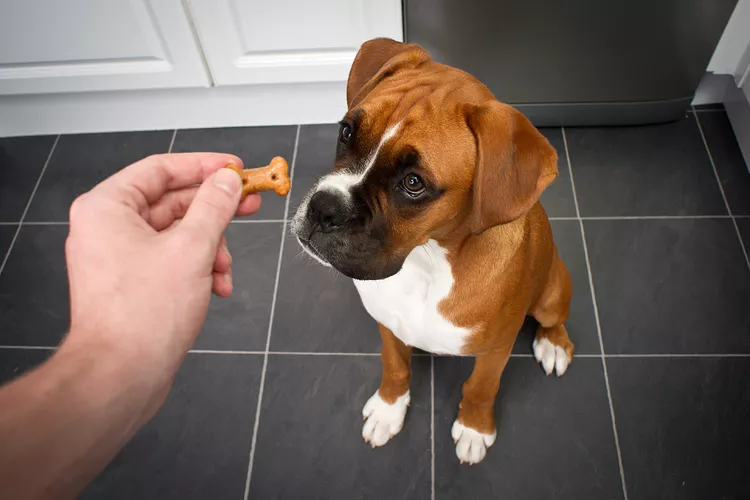
Dog Treat Varieties
Learn about the different types of dog treats on the market and decide which are best for your dog.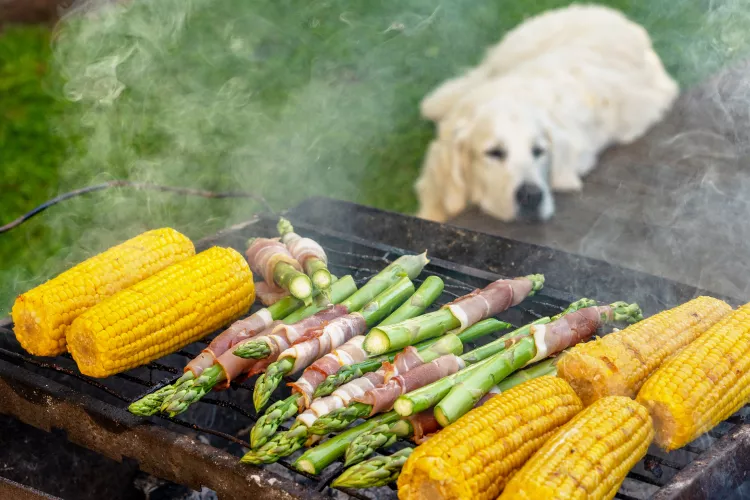
Can Dogs Eat Asparagus?
Dogs can eat asparagus, provided the vegetable is cooked plain and cut up for them. Seasonings, salt, and butter make it unhealthy for dogs.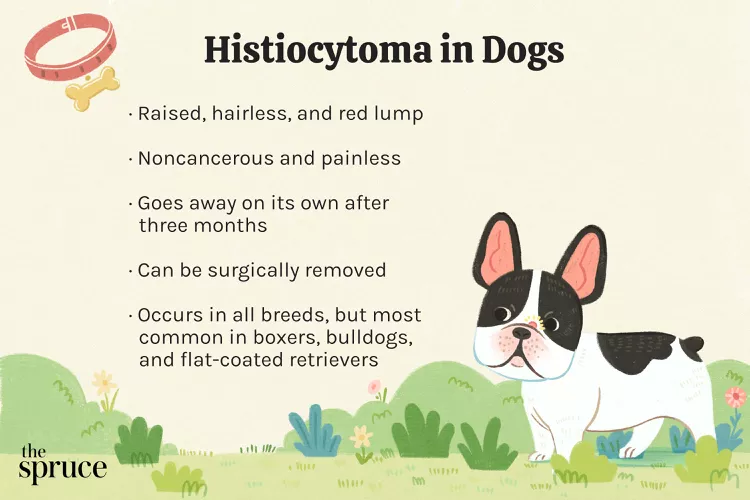
Histiocytomas in Dogs
A histiocytoma is a type of benign (non-cancerous) skin lump that usually affects young dogs. Learn the causes, treatment, and prevention.
Why Is My Dog’s Eye Swollen?
If your dog's eye is swollen, she may need veterinary attention. The inflammation could be caused by allergies, an injury, or even a tumor.
Common Bugs and Parasites Found on and Inside Dogs
Learn about common types of parasites in dogs. Find out how to treat and prevent parasites to keep your dog, your family, and yourself safe.
Exploring the Different Types of Pet-Friendly Beaches
Are you looking for pet-friendly beaches? Learn about the different types of pet-friendly beaches, their locations, and tips for visiting them with your pet.
10 Obscure, Little-known Canine Facts in Honor of National Dog Day
With National Dog Day upon us, it's time to celebrate everything about our favorite pets—even the weirder stuff. Here are 10 obscure facts about dogs you probably didn't know.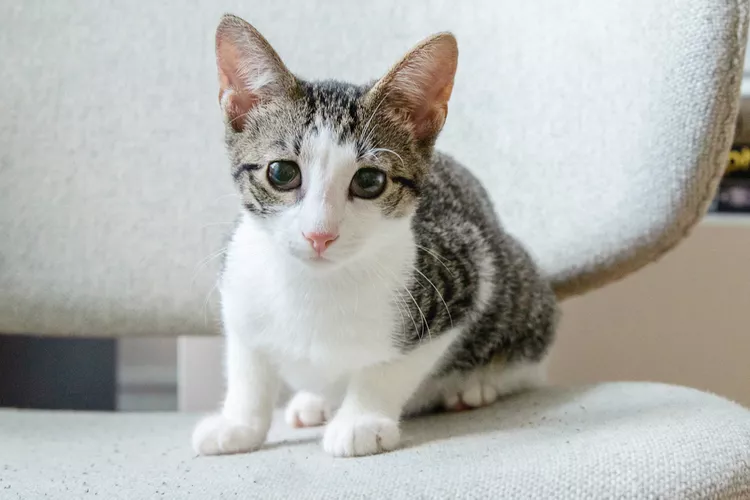
Kitten Development From 3 to 6 Months Old
Kittens grow and change a lot during their first year. Find out what happens between the ages of three months and six months old.
95 Siamese Cat Names
Our list of Siamese cat names has diverse and fun options to help you choose the ideal moniker for your elegant and lovable feline companion.
What to Buy for Your New Cat: A List of Essentials
Before you bring your new cat or kitten home, there are a number of things to collect or buy so your cat will feel welcomed like a family member.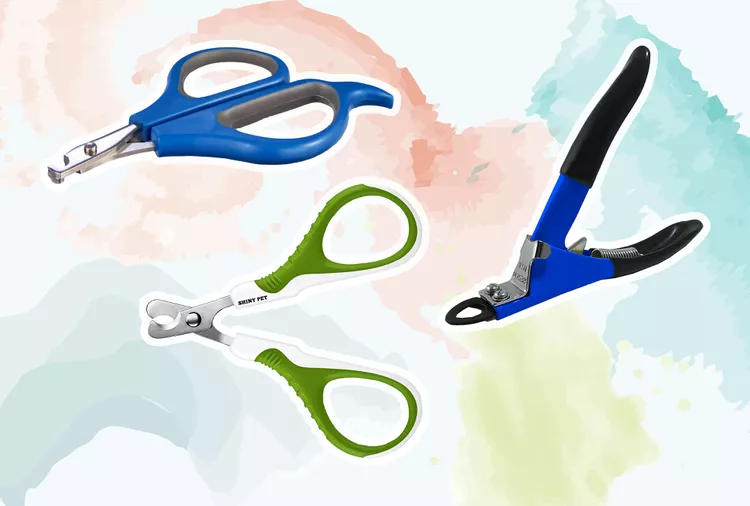
The 6 Best Cat Nail Clippers of 2024 for a Safe Trim
Clipping your cat's nails can save your furniture and keep your kitty comfortable. We asked veterinarians for their cat nail clipper recommendations.